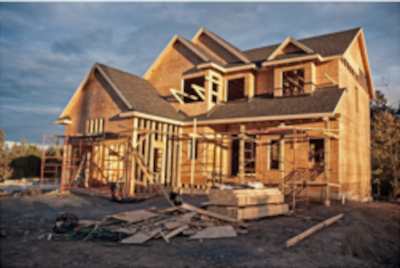In the vast landscape of real estate development and management, various types of special districts play pivotal roles in funding and governing infrastructure improvements and services. Among these, three common types prevalent in Texas are the Water Control and Improvement District (WCID), Public Improvement District (PID), and Municipal Utility District (MUD). While they share similarities in their objectives, each serves distinct purposes and operates under different regulations. Let’s delve into the nuances of these real estate improvement districts to understand their roles and differences.
Water Control and Improvement District (WCID): Water Control and Improvement Districts, commonly known as WCIDs, are special-purpose districts primarily established for the development, maintenance, and operation of water supply and distribution systems. These districts play a crucial role in providing water-related services, flood control, and wastewater treatment within their designated areas.

Key Features of WCIDs:
- Water Management: WCIDs manage water resources, including sourcing, treatment, and distribution, to ensure reliable and sustainable water supply to residents and businesses.
- Flood Control: Many WCIDs undertake flood control initiatives, such as building levees, maintaining drainage systems, and implementing measures to mitigate flood risks in their jurisdictions.
- Wastewater Treatment: WCIDs often oversee wastewater treatment facilities and infrastructure to ensure proper disposal and management of sewage and wastewater.
Public Improvement District (PID): Public Improvement Districts, or PIDs, are special districts established to fund and manage infrastructure and public services within designated areas. PIDs are typically formed by property owners within a specific geographic area to finance improvements that benefit the district, such as landscaping, street enhancements, lighting, and public amenities.
Key Features of PIDs:
- Assessment-Based Funding: Property owners within a PID are subject to additional assessments or taxes to fund the district’s improvement projects and ongoing maintenance.
- Local Governance: PIDs often have their own governing bodies or boards responsible for overseeing district operations, budgeting, and project implementation.
- Enhanced Services: PIDs provide supplementary services and amenities beyond what is typically provided by local governments, such as enhanced landscaping, security patrols, and promotional activities to boost economic development.

Municipal Utility District (MUD): Municipal Utility Districts, commonly referred to as MUDs, are special districts established to provide water, sewage, drainage, and other utility services to residents and businesses in areas not served by municipal governments. MUDs have the authority to issue bonds to finance infrastructure development and often have their own regulatory powers.

- Utility Services: MUDs provide essential utility services, including water supply, wastewater treatment, sewage disposal, and drainage infrastructure, to properties within their boundaries.
- Bond Financing: MUDs have the authority to issue bonds to fund the construction of infrastructure projects, with the debt typically repaid through property taxes or utility fees.
- Elected Board: MUDs are governed by an elected board of directors, responsible for making decisions related to district operations, budgeting, and policymaking.
Key Differences
While WCIDs, PIDs, and MUDs share the common goal of funding and managing infrastructure improvements and services, they differ in their primary focus and scope of authority:
- WCIDs primarily focus on water-related services, flood control, and wastewater treatment.
- PIDs concentrate on financing and managing public infrastructure and services within designated areas, often funded through assessments on property owners.
- MUDs specialize in providing utility services such as water supply, sewage, and drainage infrastructure in areas not served by municipal governments, with the authority to issue bonds for infrastructure development.
In summary, understanding the distinctions between WCIDs, PIDs, and MUDs is crucial for stakeholders involved in real estate development, management, and governance in Texas. Each type of district serves a specific purpose and operates under distinct regulations, contributing to the overall infrastructure and service landscape of the state. As Texas continues to experience growth and development, these real estate improvement districts play vital roles in shaping the built environment and enhancing quality of life for residents and businesses alike.



